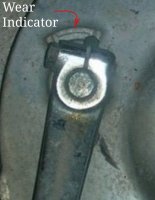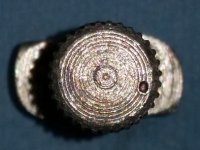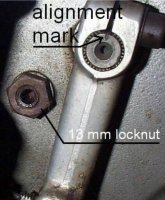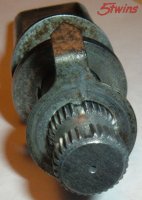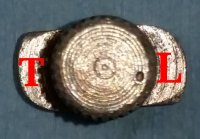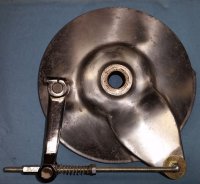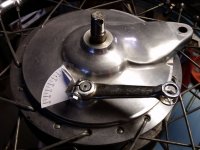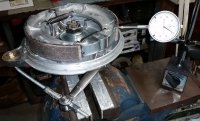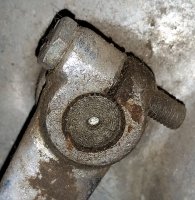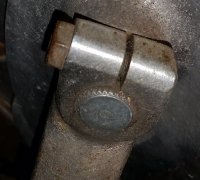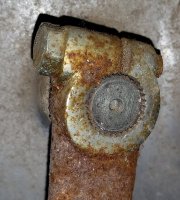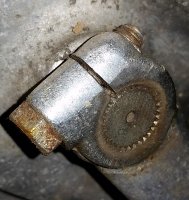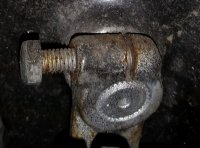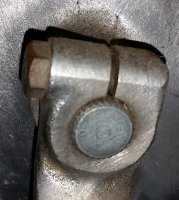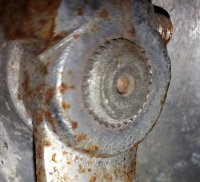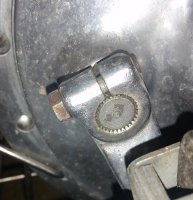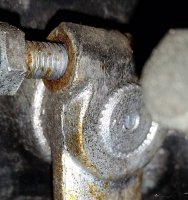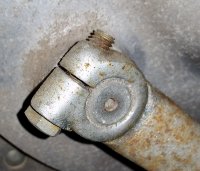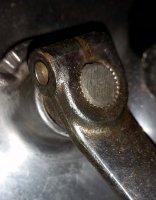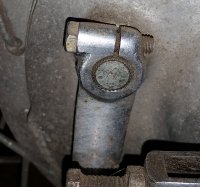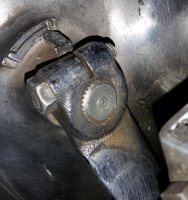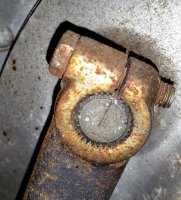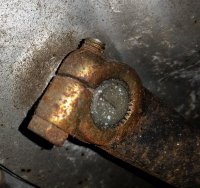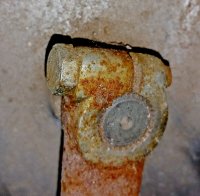'70-'83 XS650 Rear Brake Shoes
Drum diameter = 180mm
Shoe Diameter = 179mm
Shoe Width = 30mm
Yamaha OEM part #'s
148-25330-00
156-25330-00
168-25330-00
256-25330-00
447-25330-00
447-25330-01
4L0-25330-00
4L0-W2536-00
5R3-W253E-00
5R3-W2536-00.
Some aftermarket offerings:
Vesrah VB-225
EBC-514
MikesXS 29-3211
SOK-206 4L0-00 168
2FastMoto: # 2FM-09-2111GS
Replacing brake shoes.
No-brainer, right?
Perform the service routine on rear drum brake servicing, written by 5twins:
http://www.xs650.com/threads/how-difficult-is-it-to-replace-the-rear-drum-brakes.25632/
Then, just plop the new shoes right in there, and go riding.
Well, some of the aftermarket shoes could use a little closer inspection...
Drum diameter = 180mm
Shoe Diameter = 179mm
Shoe Width = 30mm
Yamaha OEM part #'s
148-25330-00
156-25330-00
168-25330-00
256-25330-00
447-25330-00
447-25330-01
4L0-25330-00
4L0-W2536-00
5R3-W253E-00
5R3-W2536-00.
Some aftermarket offerings:
Vesrah VB-225
EBC-514
MikesXS 29-3211
SOK-206 4L0-00 168
2FastMoto: # 2FM-09-2111GS
Replacing brake shoes.
No-brainer, right?
Perform the service routine on rear drum brake servicing, written by 5twins:
http://www.xs650.com/threads/how-difficult-is-it-to-replace-the-rear-drum-brakes.25632/
Then, just plop the new shoes right in there, and go riding.
Well, some of the aftermarket shoes could use a little closer inspection...
Last edited:

